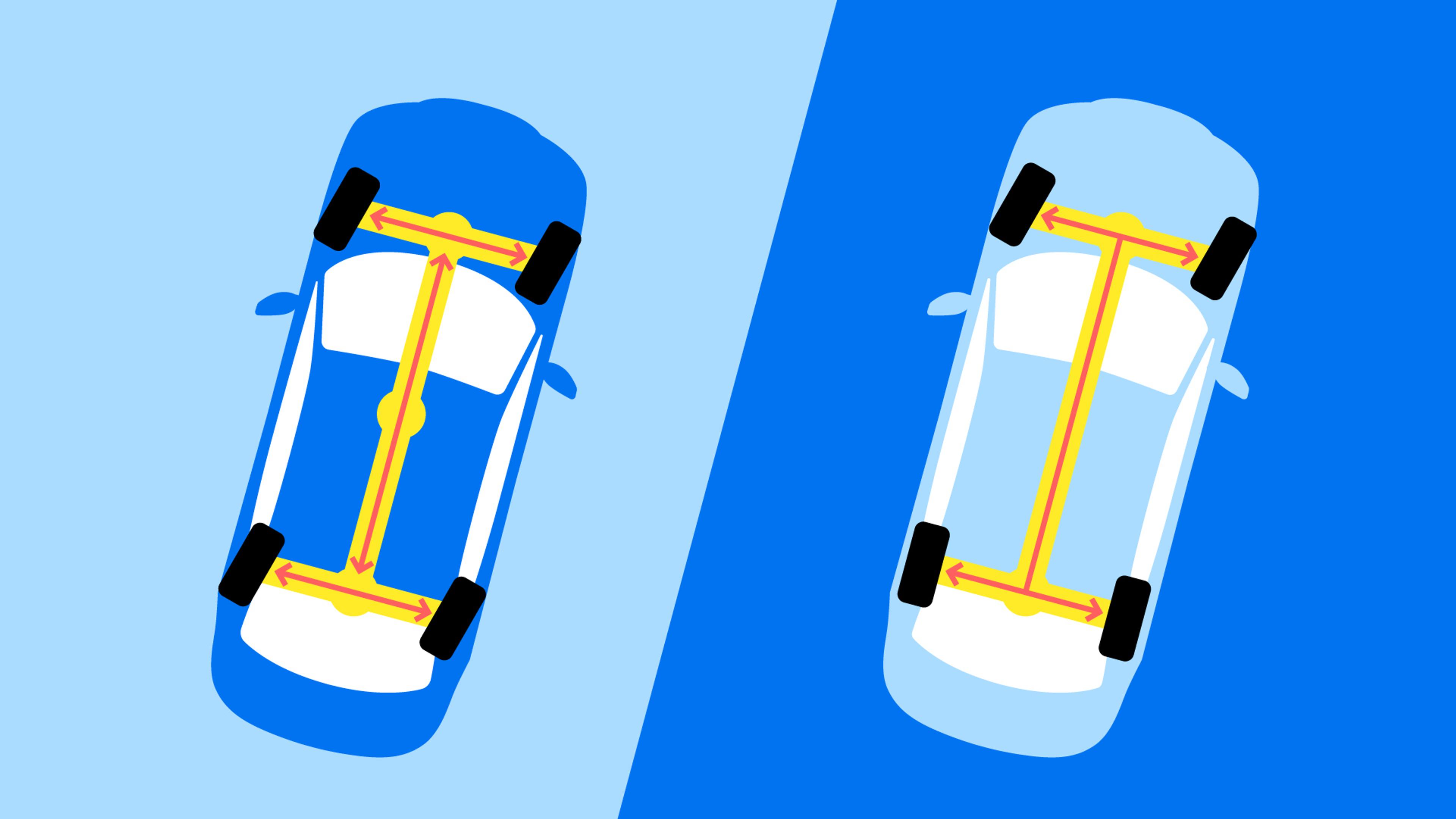
The details that differentiate 4-wheel-drive (4WD) and all-wheel-drive (AWD) systems often go unnoticed by the everyday driver. Yet, as one ventures into rugged terrains or faces slippery roads, the distinctions become more obvious and vital.
While both systems are designed to deliver power to all four wheels, their mechanisms, applications, and functionalities differ in significant ways. Let’s take a look into the nuts and bolts of 4WD vs. AWD so you can better understand which is best suited for your driving needs.

Afraid of buying a wreck?
Check any VIN to learn a vehicle's history!
What is the difference between 4WD and AWD?
4WD systems, also known as 4x4, are designed to tackle rough terrains, tow heavy loads, and provide better grip on loose surfaces. Therefore, they’re often found in off-road trucks and even industrial and agricultural machinery.
AWD systems can be found in SUVs, vans, sedans, and hatchbacks. They can’t handle utility tasks and off roading that easily, but they provide exceptionally good traction on dry, wet, and icy road surfaces for daily driving.
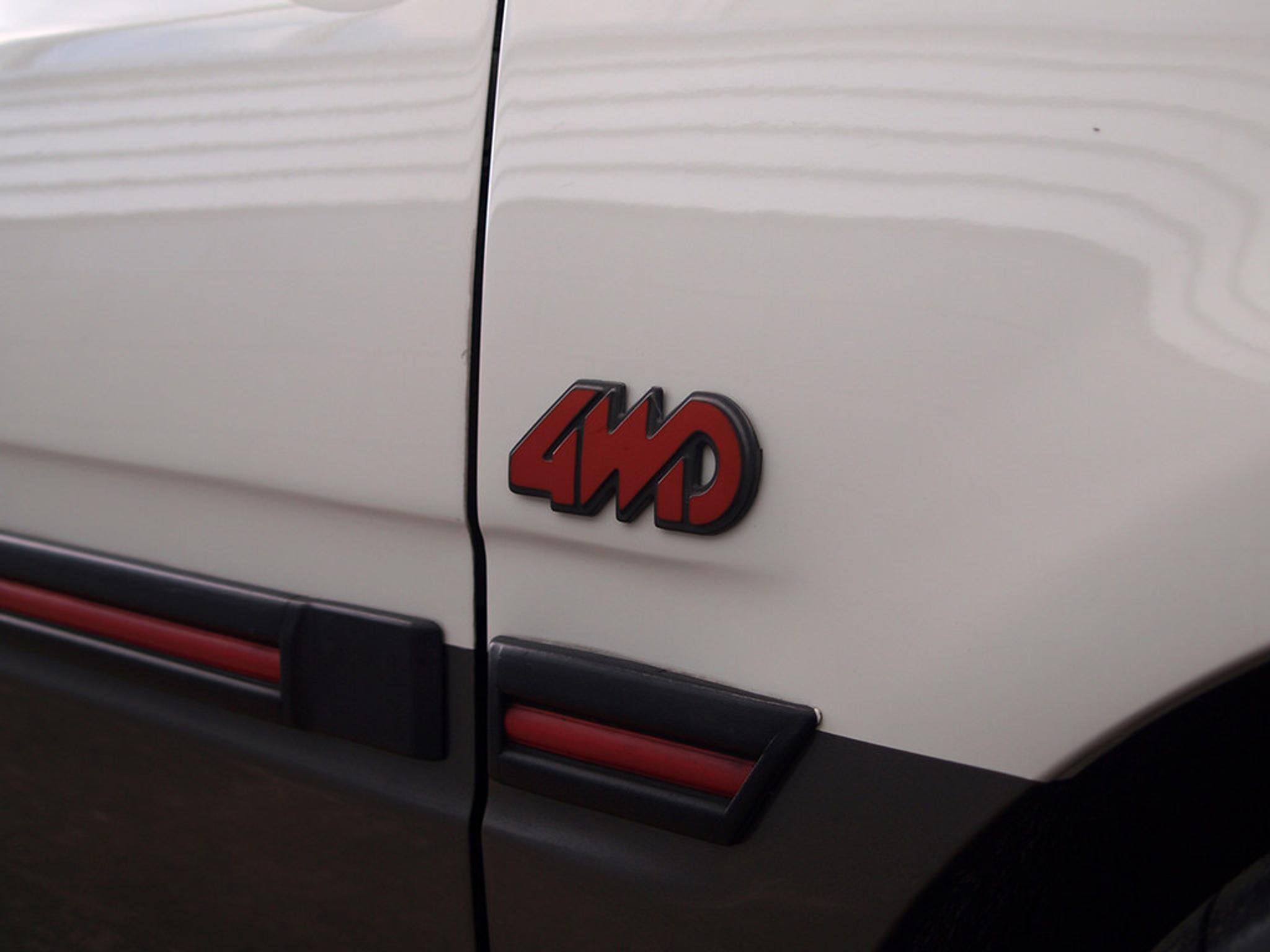
While these differences are still relevant, modern technical innovations are reducing the gap between 4WD and AWD systems.
The 4WD system is much older, and was created for rough terrains and utilitarian purposes, therefore it was only found in such models as the Toyota Land Cruiser, the Land Rover Defender, and the Willys Jeep. However, due to revolutionized transfer cases, differentials, and added control units, nowadays even the BMW 1-Series can be marketed as a 4WD car.
What’s a differential?
Understanding how 4WD and AWD cars work is impossible without knowing what a differential is. The differential is a mechanism that allows the wheels of the same live axle to spin at different speeds, which is necessary to maintain traction in corners and reduce tire wear. A differential can also be in between the axles to make sure they could spin at different speeds.
Differentials can be:
- Locking – differentials that can be locked completely, meaning that both axles will turn at the same speed (greatly benefiting you while off-roading)
- Limited-slip (LSD) – differentials that can’t be completely locked, but which will never send 100% of power to a single axle to improve traction and performance
Technical differences between 4WD and AWD
The best way to understand the difference between 4WD vs AWD systems is by digging into technical specifications. 4WD systems are better in off-road conditions because they allow the front and rear axles to spin at the same speed, while AWD systems often use variable power distribution.
But how do they work?
4WD
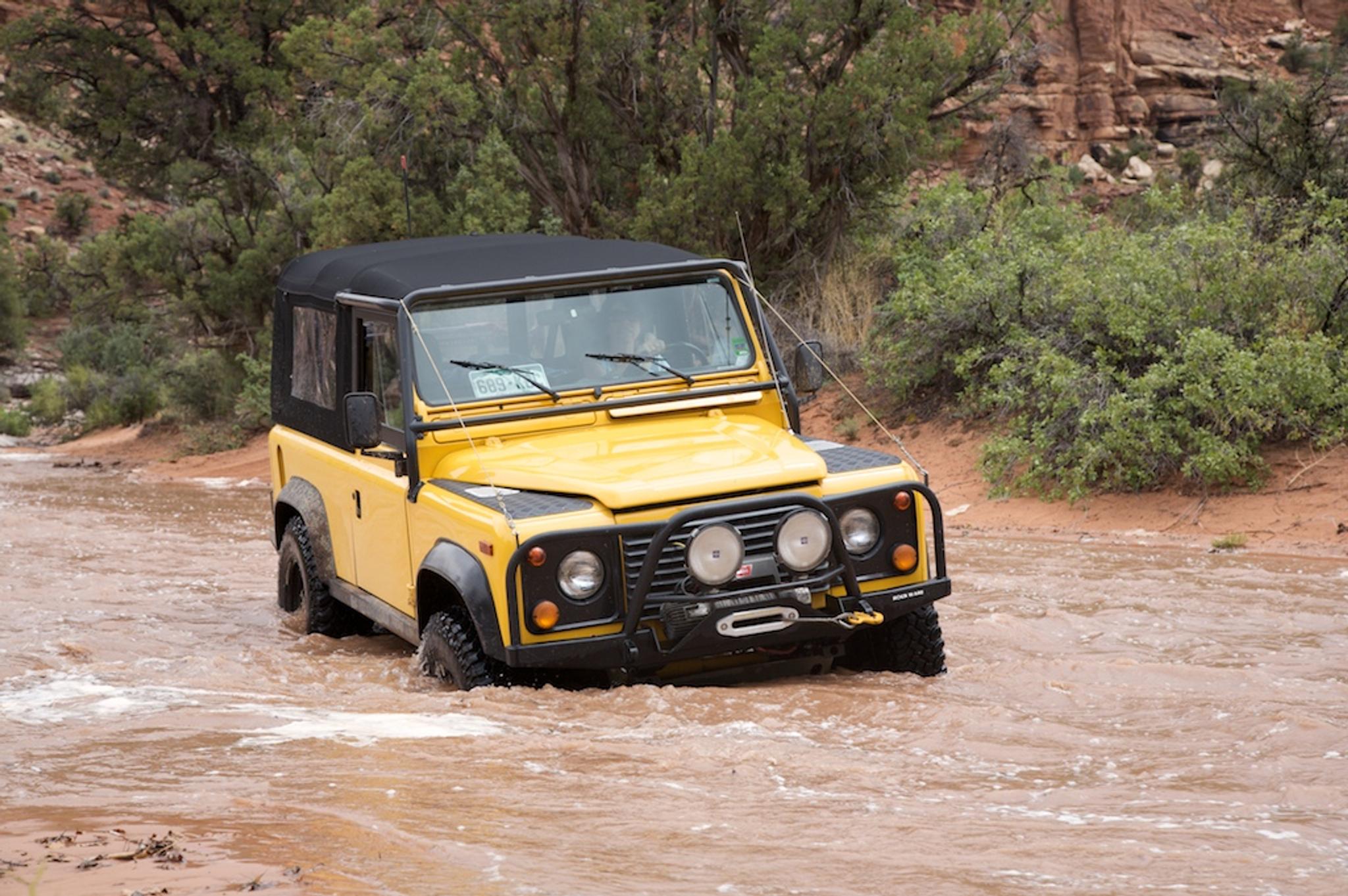
The key component that makes a vehicle 4WD is the transfer case. If you’ve ever been in an older 4WD SUV, you may have noticed an additional gear lever with 4H, 2H, N, and 4L positions. In most modern trucks, this lever has been replaced with a button or a switch.
Nevertheless, they all control the transfer case, with each position meaning:
- 4H – 4 high means that front and rear axles are engaged.
- 2H – 2 high means that only one axle (usually rear) is engaged.
- N – Neutral in a transfer case is useful when you want to disengage all axles for towing or using a winch.
- 4L – 4 low activates a low range mode with a low gear ratio. All 4 wheels will turn, but at a much slower speed and higher torque.
Many true off-road trucks also have locking differentials to help you cope with muddy, snowy, and other extreme situations.
AWD
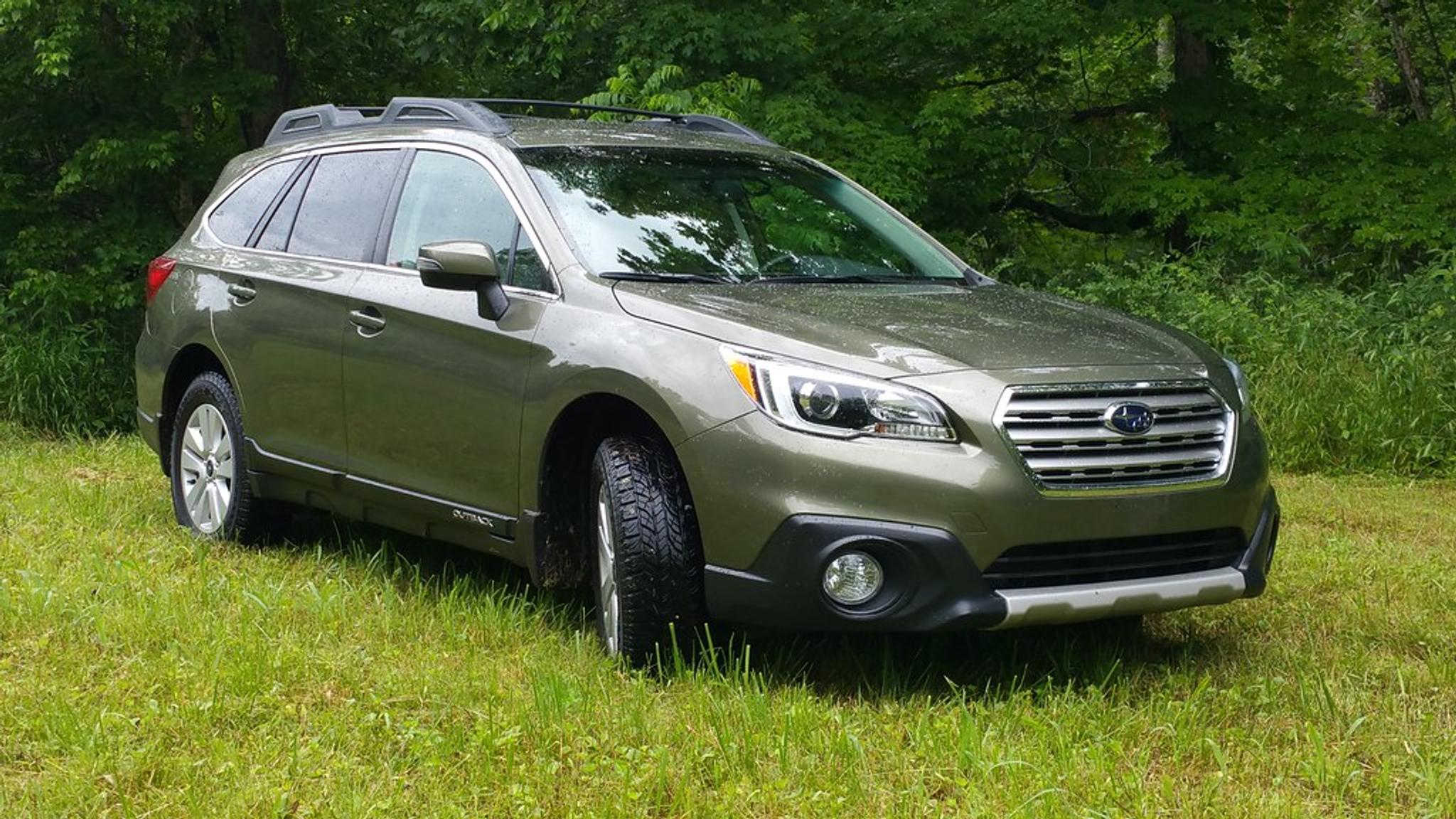
When a vehicle has all-wheel-drive, it means that the power can be sent to any of the 4 wheels, but not to all of them at the same time, unless there are locking differentials (which is unlikely in most cars).
All-wheel-drive cars have at least 2 differentials, and often there’s also a center differential. In general, AWD systems distribute power to the rear, front, or both axles, depending on which wheel lacks traction. In modern vehicles, various sensors monitor the speed of the wheels, the road surface, adjusting the AWD system accordingly.
AWD off-roading capabilities are limited because they usually don’t have a transfer case, but there are some AWD models with locking differentials.
With all that said, providing an exact explanation of how an AWD works is complicated because there are multiple types of all-wheel-drive systems available. Here are some of the best-known ones:
- Audi Quattro has 3 differentials and a completely mechanical Torsen set, making this system one of the most precise and reliable on the market.
- Subaru’s Symmetrical AWD system is one of the simplest and most compact on the market, making it a strong rival for Audi Quattro.
- Mercedes-Benz 4Matic system is unique because its center differential is inside the transmission to help transfer power more efficiently, and its electronic traction control helps to distribute torque to each wheel precisely.
- BMW XDrive while not the best system on the market, later versions are controlled by the control unit, providing precise control of each wheel’s traction.
- Tesla Dual Motor AWD is one of the newer approaches to AWD systems, implemented by using 2 powerful electric motors to power each axle individually.
4WD vs. AWD: how they perform in different conditions
Most drivers think that, regardless if it’s an AWD or 4WD system, its main purpose is to boost off-roading capabilities. Yet, even though there aren’t many technical differences between these systems, their behavior on different road surfaces is completely different.
All-wheel-drive systems can be found in all kinds of cars because they easily adapt to various road surfaces. The main purpose of an AWD system is to provide more traction on slippery surfaces like wet pavement or snow.
During acceleration, a modern AWD car automatically determines and adjusts the optimal power for each wheel. You’ll get lots of grip and won’t spin out of control easily. However, all-wheel-drive systems aren’t meant for deep mud, rock crawling, or heavy utilitarian purposes.
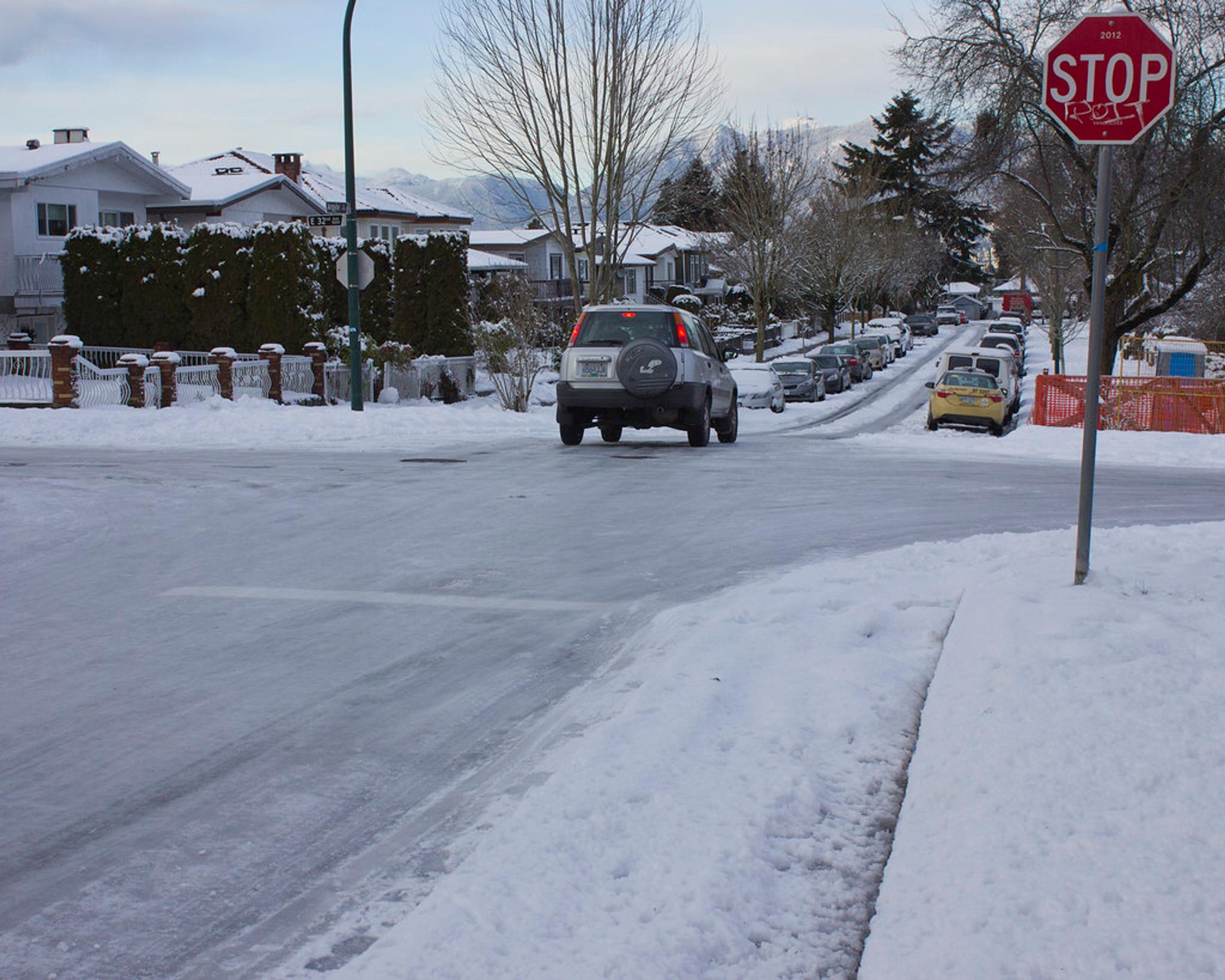
4WD vehicles, on the other hand, are the opposite of AWD. Usually, they’re more rugged, and less comfortable on longer journeys.
Many 4WD vehicles shouldn’t be driven on paved roads with all 4 wheels engaged because both axles are spinning at the same speed, causing a potential risk of transmission damage. Also, 4WD systems usually aren’t as sophisticated as AWD ones in terms of maintaining traction on regular roads. Yet, they’re unbeatable if you like off-roading, taking extreme shortcuts, or you need capable transportation around the farm.
Which is better: AWD or 4WD?
There’s no general answer to which one of these systems is better. It really depends on where you usually drive, how often you tow something, and your overall lifestyle.
Here are some pros and cons of 4WD vs. AWD systems to help you grasp the idea of which one’s better for you.
Pros and cons of AWD
Pros:
- Offers extra traction on paved roads and gravel
- Many AWD systems to choose from
- More fun
Cons:
- Higher maintenance cost than FWD or RWD cars’
- Reduced fuel economy
- Can only tackle light off-roading
Pros and cons of 4-wheel-drive
Pros:
- Perfect for all kinds of off-roading
- High towing capacity
- Improves traction in dangerous conditions, such as heavy snow, rocks, and mud
Cons:
- Poor traction on paved roads
- High fuel consumption
- Expensive maintenance
AWD vehicles are great for daily drivers since they offer better traction in all conditions when compared to front-wheel-drive and rear-wheel-drive cars. They’ll use a bit more fuel and their maintenance costs may be higher, but you’ll have peace of mind during all seasons.
However, if you know you’ll spend more time facing extreme conditions and towing heavy loads than cruising down the highway, a 4WD truck may be your best shot.
Common myths and misconceptions about 4WD and AWD cars
Before you make up your mind about all-wheel-drive and 4-wheel-drive systems, you should be aware that both are surrounded by all kinds of myths. Here are some of the most common things you can hear about these systems that are actually not true.
"4WD and AWD are the same"
You can find many types of AWD and 4WD systems on the market and they’re becoming similar. However, they’re never the same.
4WD vehicles can lock front and rear axles to drive them at the same speed and tackle various off-road conditions, while AWD systems are more focused on ensuring maximum grip on slippery road surfaces. Therefore, they control each wheel separately.
“The center of gravity in 4WD and AWD vehicles is high”
Some people state that AWD and 4WD systems cause a higher center of gravity. Actually, transfer cases, differentials, and other parts of running gear are at the bottom of the car, lowering the center of gravity.
What makes the center of gravity higher is more weight at the top. Therefore, crossovers and SUVs have a higher chance of rolling over not because of a heavy running gear, but because of a taller body, roof racks, and other additional equipment.
“AWD systems are just a marketing gimmick”

While some all-wheel-drive systems are worse than others, they're never a gimmick. When a car has an additional running axle, its stability, grip, comfort, and safety significantly improves. Many tests where people try accelerating, cornering, and racing on slippery surfaces, comparing non-AWD and AWD cars, have proved that the latter nearly always perform better.

Check your VIN
Avoid costly problems by checking a vehicle's history. Get a report instantly!
“4WD and AWD systems aid in your ability to brake”
The only way 4WD and AWD systems affect the braking distance is by introducing additional weight. All modern cars have ABS (anti-lock braking systems), which prevents wheels from blocking when braking, ensuring a shorter braking distance and better control while braking. In terms of braking, a good set of tires is what affects it significantly.
Frequently asked questions

Article by
Evaldas Zabitis
Evaldas has been writing since middle school and has had a passion for cars for as long as he can remember. Right after getting his driver’s license, he spent all of his savings on shoddy cars so he could spend time fixing, driving, and selling them. Evaldas is always interested in automotive technical innovations and is an active participant in automotive community discussions.
